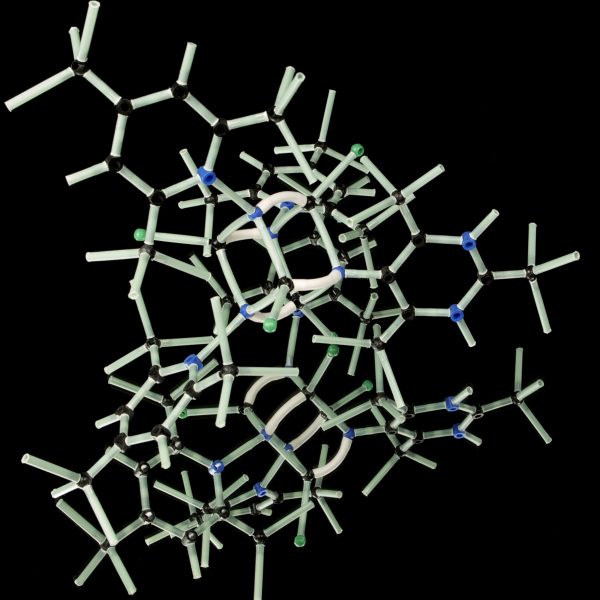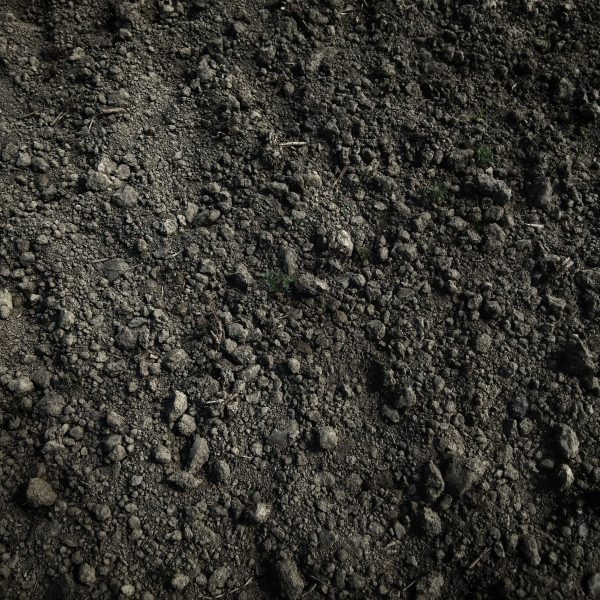The Aliens Among Us
Leslie Anthony—
Life on our planet is changing, of that there can be no doubt. That alien invasive species are a measurable component of this is also clear. The questions raised, then, are simple, and essentially those we began with: do we care about this? And if so, what are our roles and responsibilities?
To care at all about the impacts of invasive species you have to care about biodiversity. And to care about biodiversity you have to believe in the interconnectedness of the entire biosphere, and, in turn, its interdependencies with the inanimate atmosphere, lithosphere, and hydrosphere. Acknowledging the intimacy of these relationships going both forward and back in time is not only a shout out to the Earth-as-organism Gaia theory promulgated by planetary systematists James Lovelock and Lynn Margulis, but also an idea implicit in Darwin’s famous “tangled bank” passage in the epigraph, perhaps his most subtle but important gift to our big-picture thinking about life.
Earth’s rich biodiversity, the result of a 3.5-billion-year game of tectonic Rubik’s cube, has, in only a few human generations, attained a rate of unraveling matched only by previous catastrophic extinction events in our planet’s history. As with much else occurring today, ecologist Charles Elton saw this profound alteration to the planet’s biological landscape coming. “When contemplating the invasion of continents and islands and seas by plants and animals and their microscopic parasites, one’s impression is of dislocation, unexpected consequences, and increase in the complexity of ecosystems already difficult enough to understand let alone control, and the piling up of new human difficulties,” he wrote of how our influence was even then reshaping animal distributions.
This acknowledgment is key. Lest anyone adopt the mindset that a host of invasive aliens are remodeling Earth into a planet one might whimsically re-label Homogena, Elton reminds us that it is, in fact, mankind who is perpetrating the transition. In one form or another this thought echoes endlessly through literature devoted to invasive species, from Quammen’s “Planet of Weeds” to a growing list of academic texts and popular books.
“This place isn’t truly natural . . . most of the plants around here are Central American,” a scientist who worked on the infamous brown treesnake problem in Guam told author Alan Burdick in Out of Eden. “Introduced species do very well here. It’s a McDonald’s ecosystem, and these are real fast-food animals. If people don’t watch out we’re going to have the same metropolitan animals around the globe. I see the same birds in Copenhagen as I see in Toledo and Sydney. In the St. Lawrence Seaway, forty to sixty percent of the animals are introduced . . . What’s wrong with cosmopolitan fauna? There may be people who would like to just get it over with because it would make it simpler to get on with business.”
The ranks of such people—a small but vocal minority—will surely grow in the face of an issue that increasingly seems both too overwhelming and too intractable to deal with, but for now they remain thankfully scattered about the margins. At the other end of the spectrum, devoted to upholding biodiversity and ecosystem integrity, tens of thousands of dedicated individuals in myriad organizations and disciplines are engaged in the study, analysis, understanding, management, and, most importantly, prevention of invasive species, a shift in global mindset that parallels the changes to our planet’s surface.
The Guam scientist’s allusion to McDonald’s is apt in another way—these same folks are working to prevent a bio-homogenization that would be in lock-step with current trends to cultural uniformity wrought by globalization, in which the same food, automotive, electronic, and warehouse-shopping franchises will bookend every town no matter the continent. We’ve met a number of these people over the course of this book, and while all were happy to discuss their work in the moment, there was always a subtext, another simple question: what next?
It would be easier to answer if our species was a future-focused lot. We are, however, famously not, as Kathryn Schulz pointed out in “The Really Big One,” a New Yorker exposé on the inevitability of a devastating Pacific Northwest earthquake. “On the face of it, earthquakes seem to present us with problems of space: the way we live along fault lines, in brick buildings, in homes made valuable by their proximity to the sea. But, covertly, they also present us with problems of time. The earth is 4.5 billion years old, but we are a young species, relatively speaking, with an average individual allotment of three score years and ten. The brevity of our lives breeds a kind of temporal parochialism—an ignorance of or an indifference to those planetary gears which turn more slowly than our own.”
In noting that the problem is bidirectional, Schulz opens up the thinking on earthquakes to other natural-disaster analogies. “Invasive species,” in fact, might replace “earthquake” in many of her sentences without any loss of relevance. Extending the analogy via paraphrase, invasive species have often remained hidden—not from sight, but from notice—simply because we can’t see far enough into the time and space components of an ecosystem; they pose a danger now because “we refuse to think deeply enough about the future.” Similarly borrowing from Schulz, this is no longer a problem of information; we now well understand the potential impact of many invasive species. Nor is it a problem of imagination. There is no shortage of movie treatments of the world threatening to succumb to a host of plagues and apocalyptic scenarios that Schulz fingers as “a form of escapism, not a moral summons, and still less a plan of action. Where we stumble is in conjuring up grim futures in a way that helps to avert them. That problem is not specific to earthquakes, of course. The Cascadia situation, a calamity in its own right, is also a parable for this age of ecological reckoning, and the questions it raises are ones that we all now face. How should a society respond to a looming crisis of uncertain timing but of catastrophic proportions? How can it begin to right itself when its entire infrastructure and culture developed in a way that leaves it profoundly vulnerable to natural disaster?”
From The Aliens Among Us: How Invasive Species are Transforming The Planet– And Ourselves, by Leslie Anthony, published by Yale University Press. Reproduced with permission.
Leslie Anthony is an award-winning science and adventure journalist, and author of several books. His work has appeared in Explore, Canadian Geographic, and numerous other publications.
Further Reading





